Cat Health
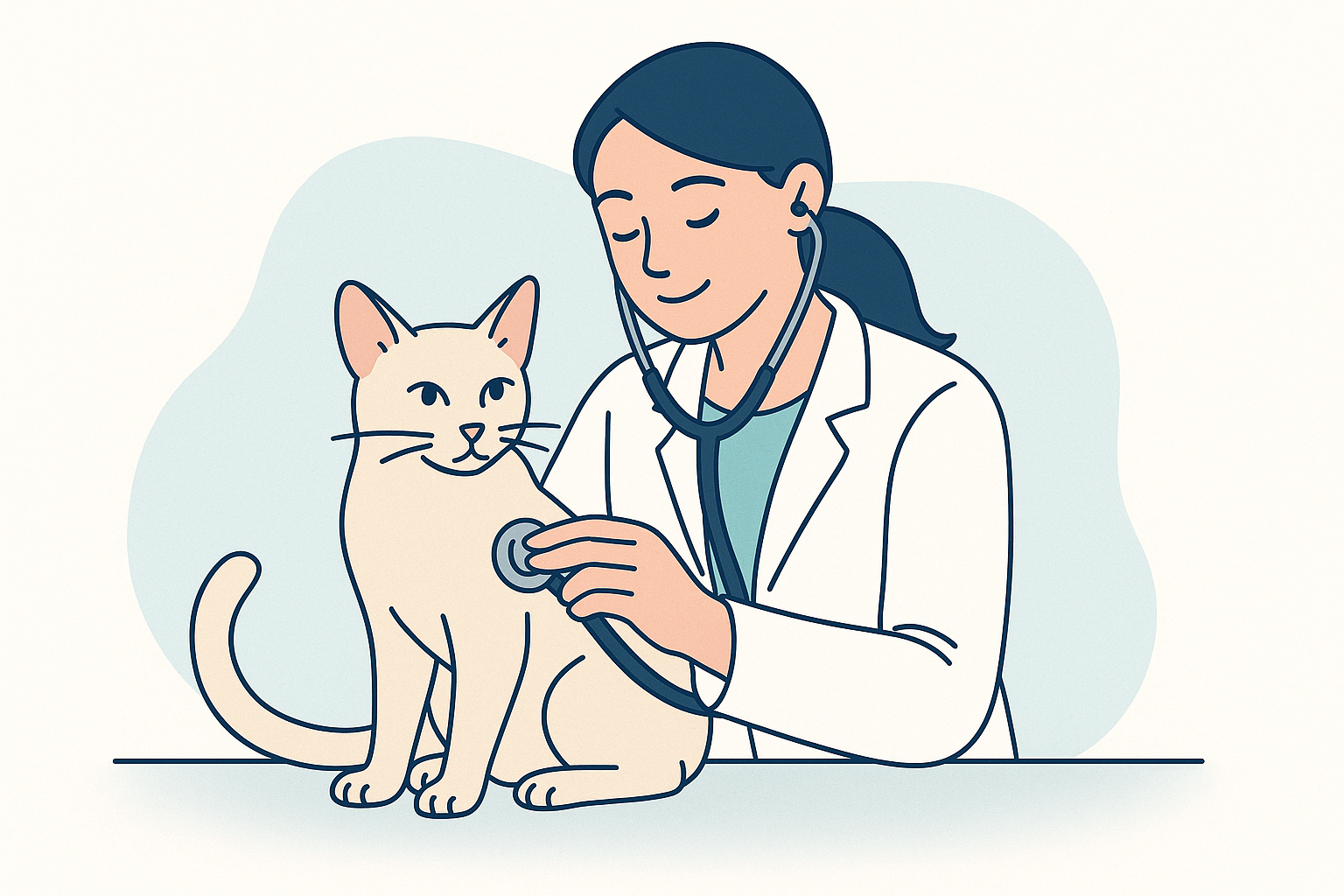
Cat health starts with everyday care. It’s more than just going to the vet once a year. From nutrition and grooming to vaccines and checkups, small habits make a big difference. Every life stage—kitten, adult, or senior—has its own set of needs.
Our articles cover common concerns like upset stomachs, weight issues, itchy skin, and dental health. You’ll also find guidance on how to recognize symptoms early and when to call the vet. If you’re curious about diet, hairballs, allergies, or behavior changes, you’re in the right place.
Explore simple wellness tips and easy home routines that help your cat stay comfortable, active, and happy. A little knowledge can lead to fewer emergencies, healthier habits, and more peace of mind for you and your pet.
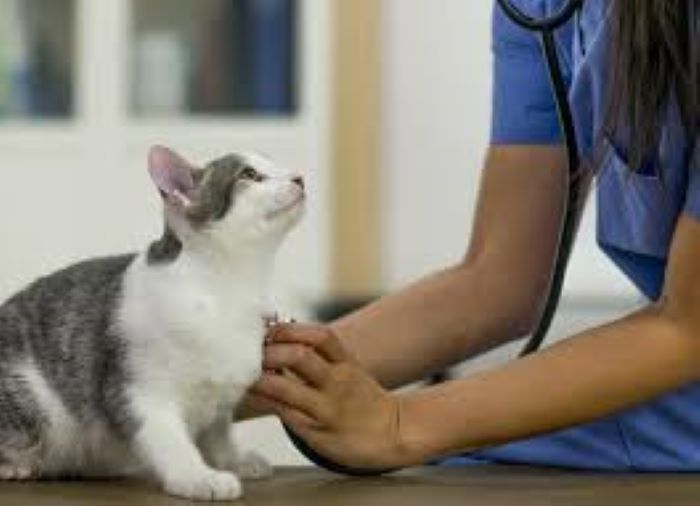
Diabetes Insipidus in Cats
This type of diabetes should not be confused with diabetes mellitus, which involves abnormal glucose metabolism. Diabetes insipidus involves abnormal ...
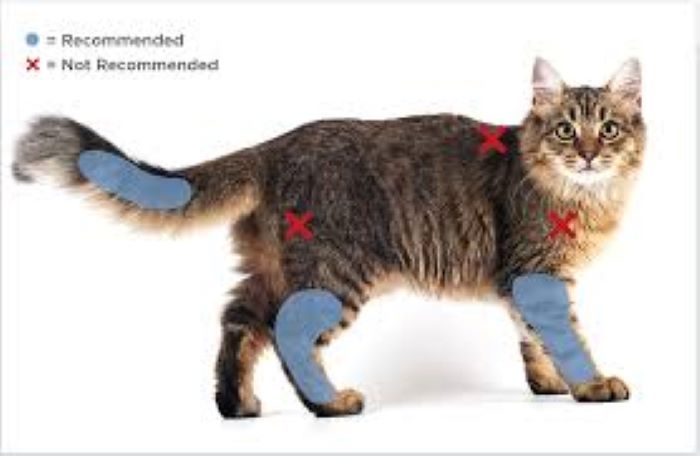
Parvovirus (Panleukopenia; Feline Distemper)
The feline parvovirus is found worldwide, affecting cats in much the same way as parvovirus affects their canine counterparts. The ...

Nasal Foreign Bodies
Occasionally, foreign bodies can gain entrance into the nasal passageways of cats via the mouth, causing extreme irritation and rhinitis ...
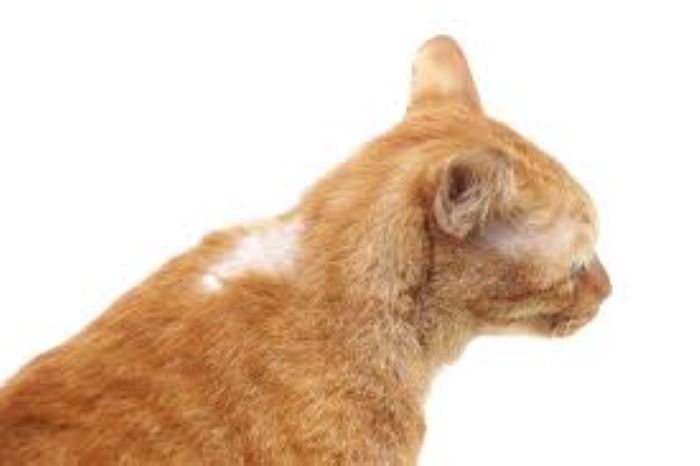
Hair Loss in Cats – (Alopecia)
Loss of hair, either locally or generalized over the coat of a cat, is another type of skin problem that ...
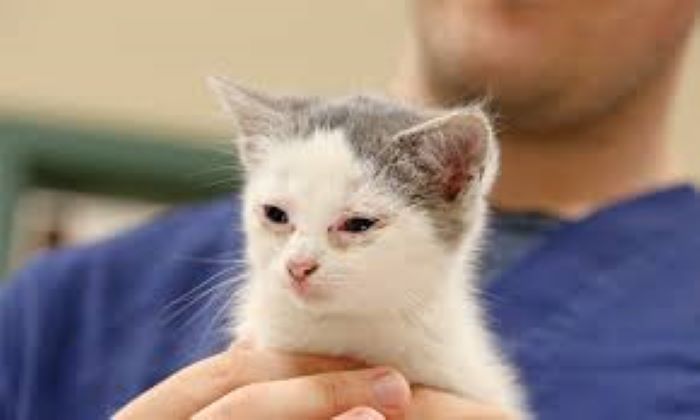
Chlamydophila in Cats: Symptoms and Treatments
Chlamydophila refers to a type of bacteria affecting cats that can cause infections like conjunctivitis, rhinitis, and respiratory disease. This ...
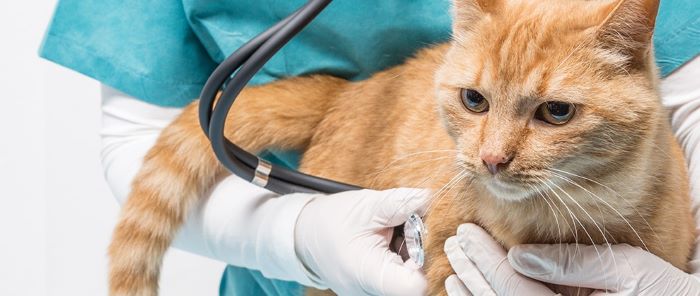
Arterial Thromboembolism
Cats afflicted with cardiomyopathy suffer from impaired circulation, which in turn can lead to a condition known as arterial thromboembolism. ...
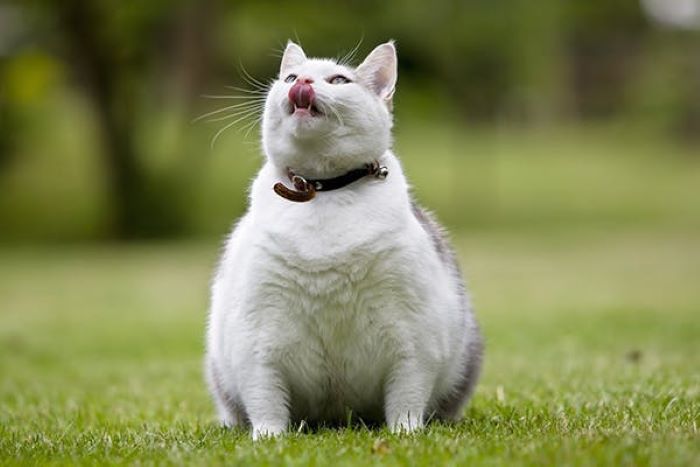
Causes of Obesity
The causes of obesity in cats are numerous, but the first and foremost of them is plain, old dietary indiscretion ...
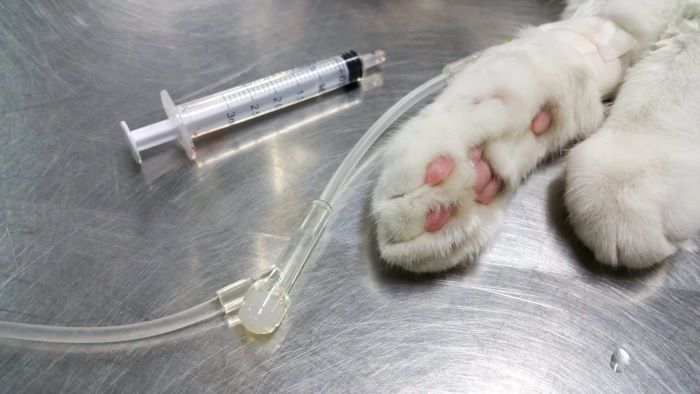
The Facts Concerning Cats Anesthesia
Anesthesia is a word that tends to inspire uneasiness and fear in many people. In actuality, though, anesthesia is an ...

Controlling Internal Parasites
Left undetected and untreated, intestinal parasites can rob or cat of much-needed nutrients, can cause severe gastrointestinal upset, and can ...
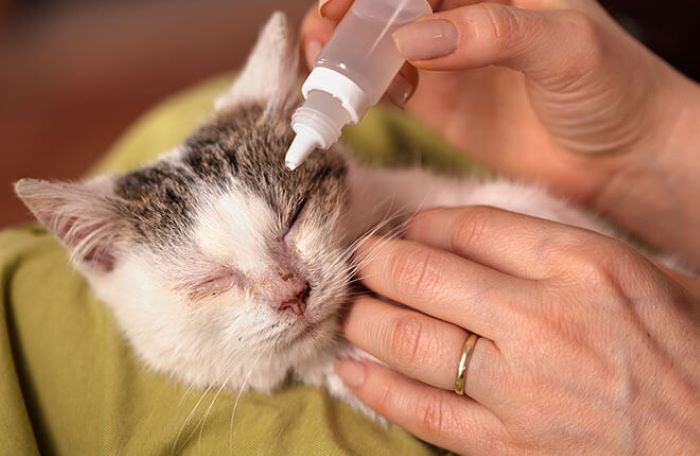
Cat’s Conjunctivitis
Inflammation of the thin, transparent mucous membrane lining the inner portion of the eyelids and front part of the sclera ...
